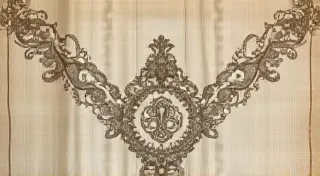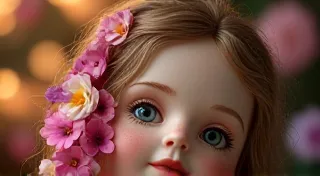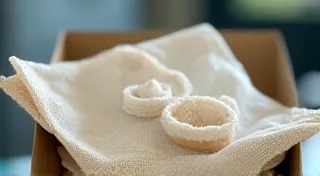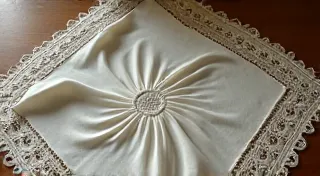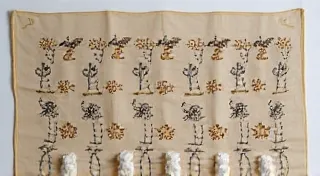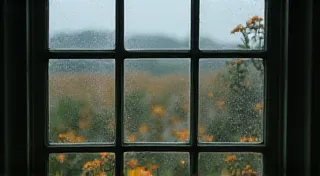Common Embroidery Stitches Explained: A Visual Guide
Antique handkerchiefs are more than just delicate squares of fabric; they are often miniature works of art, adorned with beautiful hand embroidery. Understanding the different embroidery stitches used can greatly enhance your appreciation of these collectible linens and aid in their identification and dating. Many factors contribute to the value of antique handkerchiefs, including the quality of the linen, the intricacy of the design, and, crucially, the skill evident in the embroidery itself. Before diving into appreciating these treasures, it’s helpful to understand the fundamentals - the stitches themselves. This guide provides a visual explanation of common stitches encountered on antique handkerchiefs, offering a starting point for anyone interested in learning more.
The Historical Context of Embroidered Handkerchiefs
To truly appreciate these embroidered treasures, understanding their historical place is essential. The evolution of handkerchiefs reflects changing fashion, domestic life, and the rising popularity of needlework as a refined skill. Originally functional items used for personal hygiene, handkerchiefs gradually transformed into decorative pieces, particularly during the Victorian era. As these linens evolved, so did the embroidery techniques used to embellish them. The passage of time and the fragility of these creations mean that the stories they hold can feel like ephemeral echoes, requiring careful study and preservation. To learn more about this fascinating journey, explore the history of handkerchiefs—from their utilitarian beginnings to their status as collectible antiques.
1. Chain Stitch
The chain stitch is a versatile stitch often used for outlining and creating decorative borders. It's easily recognizable by its appearance, resembling a chain. It's a relatively simple stitch for embroiderers to master and was frequently seen on handkerchiefs throughout the 19th and early 20th centuries. The consistent use of chain stitch often indicates a level of familiarity and comfort within the embroiderer's skillset, contributing to the overall assessment of the piece. The beauty and history behind needlework pieces such as these can provide a unique glimpse into a bygone era.
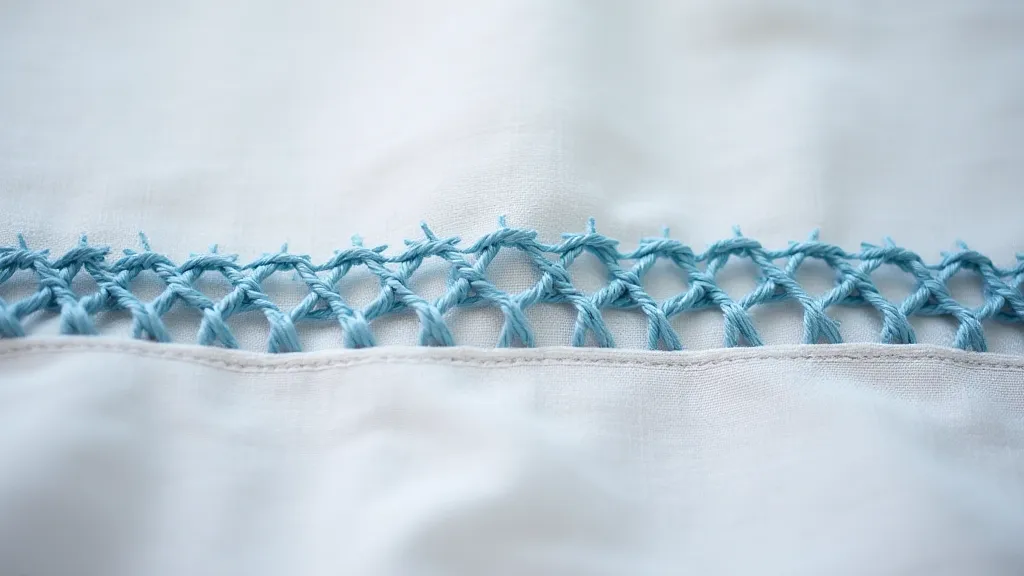
How it's done: The stitch is formed by creating a looped stitch that interlocks with the previous one, creating a chain-like effect. Each stitch is essentially a small knot pulled through the fabric. The tension applied to the thread significantly affects the appearance of the chain stitch, impacting its neatness and overall aesthetic.
2. Satin Stitch
Satin stitch is used to fill in shapes and create smooth, solid areas of color. Because it requires many stitches, satin stitch can be quite time-consuming, indicating a higher level of craftsmanship and value on the handkerchief. Variations in thread thickness and stitch density contribute to different textures and appearances. A skilled embroiderer can manipulate the satin stitch to create subtle shading and dimension, a testament to their expertise. Distinguishing between natural dyes and synthetic dyes, which can affect the overall appearance and dating of a handkerchief, is another key consideration. Learn more about dating handkerchiefs by color and understanding the nuances of natural versus synthetic dyes.
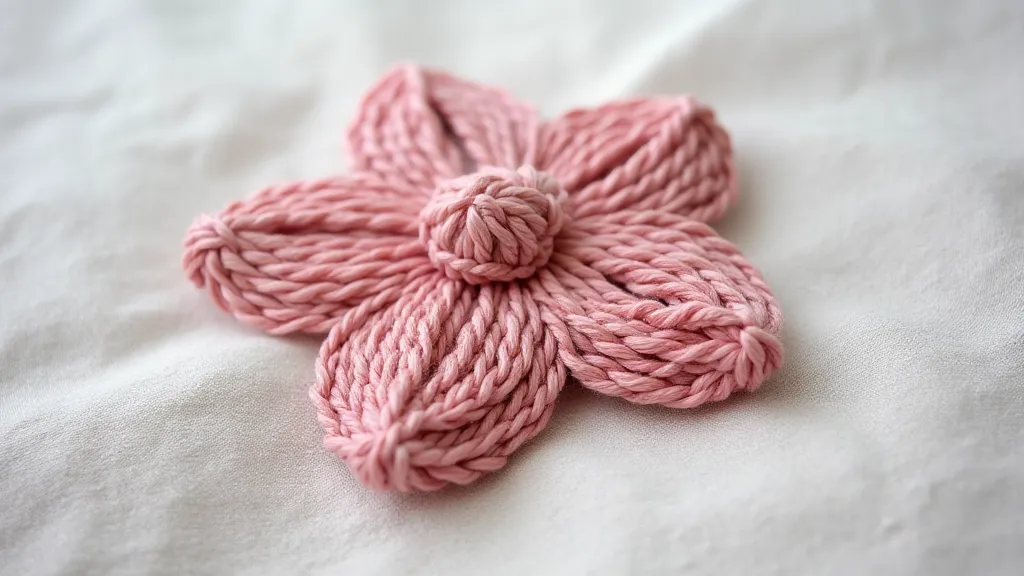
How it's done: Parallel stitches are worked closely together to completely cover the underlying fabric, creating a smooth, glossy surface. The evenness and density of the satin stitch are strong indicators of the embroiderer's skill. Incomplete satin stitches, or areas where the fabric shows through, might indicate a less experienced hand or a rushed piece.
3. French Knots
French knots add texture and dimension to embroidery. They are frequently used for flower centers, eyes, or other small details. Their presence often suggests a more intricate and potentially valuable piece. Perfectly formed French knots are notoriously difficult to execute consistently, signifying a high level of control and precision on the part of the embroiderer. They elevate the design beyond a simple outline or fill. The sheer number of stitches involved in crafting something so delicate illustrates the significant time investment and dedicated artistry found in these pieces.
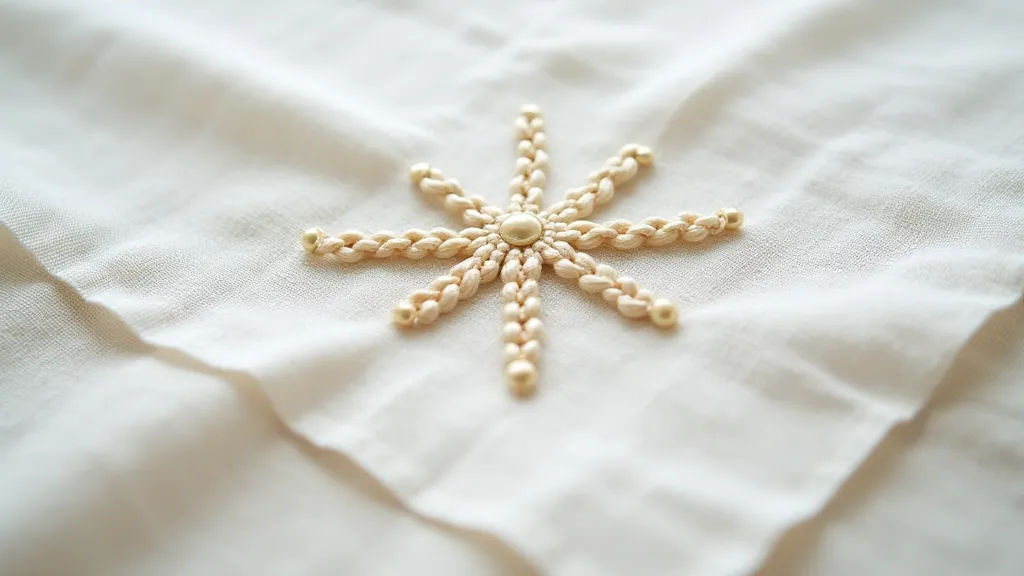
How it's done: A small loop of thread is brought up through the fabric, and the needle is wrapped around the thread before being pushed back down, creating a tiny, knotted bump. The size and uniformity of the French knots can vary, but consistent quality is a mark of expertise.
4. Seed Stitch
Seed stitch is a simple, scattered stitch often used for shading or creating a textured background. It's less distinct than other stitches and contributes to the overall feel of the embroidery. The randomness of the seed stitch allows for subtle variations in color and texture, adding depth to the design. It's often used in conjunction with other stitches to create a more complex visual effect. These techniques showcase an understanding of how seemingly simple stitches can contribute to a larger artistic vision.
5. Running Stitch
While simple, a running stitch can be used to create outlines or decorative patterns. It’s one of the most basic stitches and can be found on handkerchiefs of all eras. The consistency of the running stitch, particularly the evenness of the spacing and tension, can still indicate skill even in a seemingly simple design. It’s a foundational stitch for many other, more complex embroidery techniques. Observing these fundamental stitching techniques offers a crucial starting point for appreciating the broader history of needlework.
Beyond the Stitches: Examining Edge Treatments
The artistry of antique handkerchiefs extends beyond the central embroidery designs. Intricate edge treatments, such as point lace, drawn thread work, and various types of lace insertion, are often integral parts of the overall aesthetic and value. These delicate embellishments require immense skill and patience. Interested in learning about the wide range of edge decorations seen on antique handkerchiefs? Check out more about edge treatments: point lace, drawn thread, and more to appreciate the breadth of these decorative techniques.
Irish Crochet Handkerchiefs: A Special Case
Among the many types of embroidered handkerchiefs, Irish crochet handkerchiefs hold a unique place in collecting circles. These intricate creations, characterized by their elaborate floral motifs and meticulous craftsmanship, represent the peak of Irish needlework artistry. Identifying genuine Irish crochet handkerchiefs requires a keen eye and an understanding of their distinct characteristics, including the style of crochet, the types of motifs used, and the quality of the linen. The commitment to detail and the exquisite artistry involved in crafting these pieces set them apart. For collectors specifically interested in Irish crochet, further research is recommended. Discover more about identifying Irish crochet handkerchiefs, their origins, and the qualities that define them.
Understanding and Appreciating Antique Embroidered Handkerchiefs
Understanding these common embroidery stitches is an important step in appreciating and identifying antique handkerchiefs. By examining the stitches used, you can gain insights into the skill of the embroiderer, the era the handkerchief was created in, and its overall value. While some stitches are simple and widely used, the combination of stitches, the quality of their execution, and the overall design contribute to the handkerchief's unique character and its place in the history of needlework. The beauty and delicate nature of these items are a testament to the dedication and skill of generations of craftspeople. The very act of preserving and studying these pieces helps us connect with the past and appreciate the artistry of those who came before us.
Further Exploration and Resources
This guide provides a foundation for understanding common embroidery stitches found on antique handkerchiefs. Continuous learning and observation are key to developing a deeper appreciation for these miniature works of art. Look closely, examine the details, and learn from experienced collectors and researchers. The world of antique handkerchiefs is vast and rewarding, offering endless opportunities for discovery and enjoyment. Consider the broader context of textile history and the evolution of needlework techniques to truly grasp the significance of these delicate treasures. The passage of time has imbued these objects with a profound sense of history and a captivating narrative that continues to inspire and delight.
